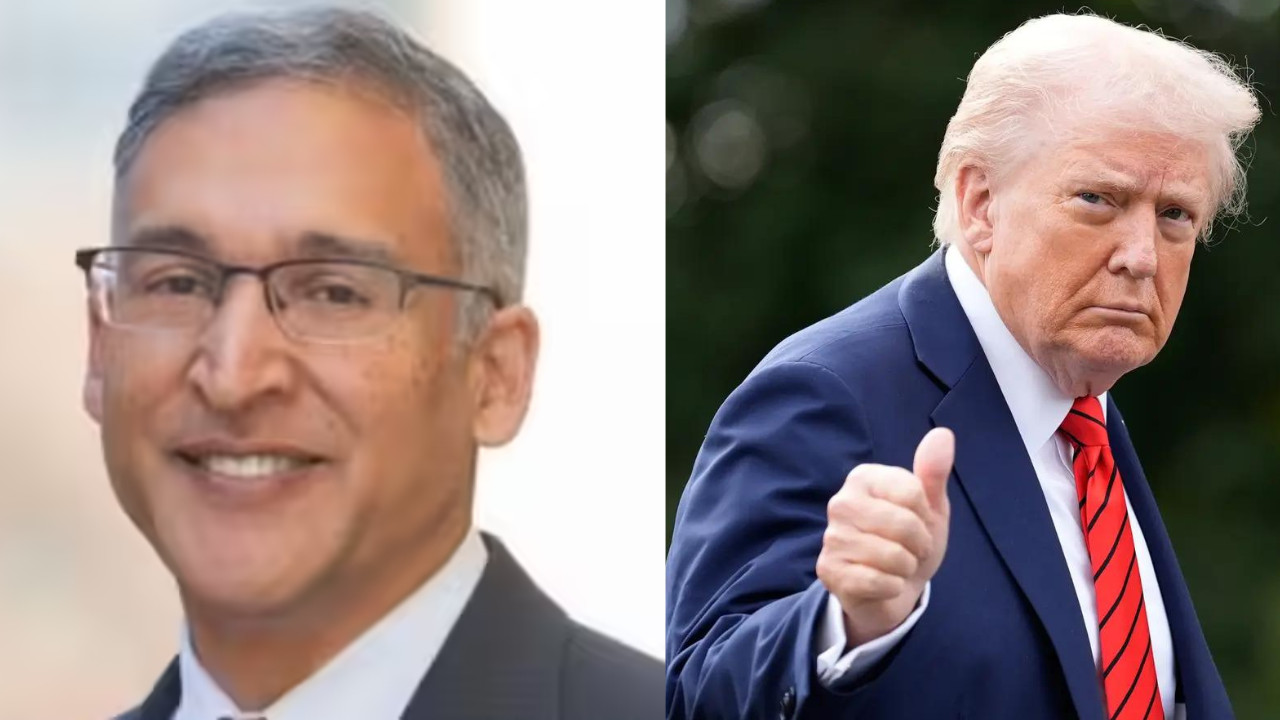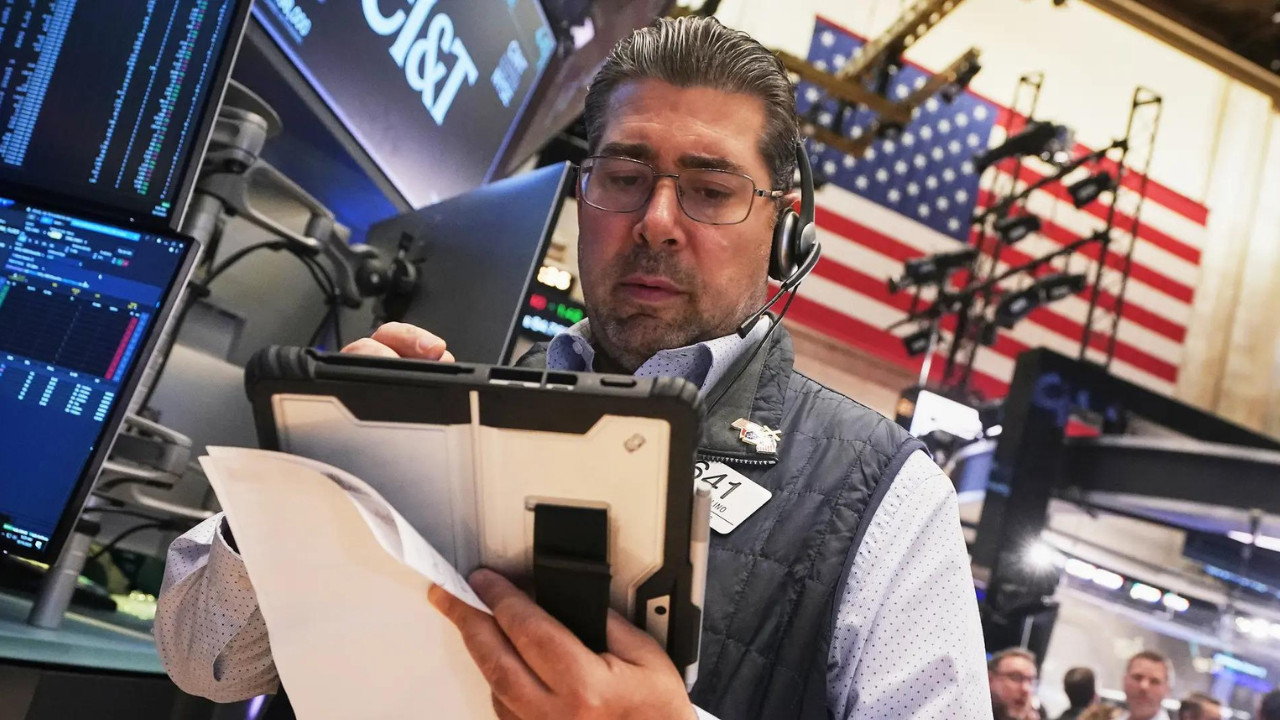India and the United States are engaged in extensive trade talks. Discussions are progressing at various levels with a focus on finding mutually beneficial outcomes. India’s exports to the US are experiencing consistent growth. The Indian negotiating team is currently in the United States for further deliberations. Both nations are committed to achieving a positive resolution.
India and the US: Finding Common Ground in Trade
The economic dance between India and the United States is complex, a tango of tariffs and trade balances played out on the global stage. But behind the headlines about potential deals and disagreements, a crucial effort is underway to forge a stronger, more mutually beneficial partnership. India, it seems, is actively working to create a win-win situation in its trade talks with the US, aiming to address concerns while safeguarding its own economic interests.
Currently, a significant chunk of Indian exports—around 45%—already enjoys tariff-free access to the US market. This is a substantial advantage, reflecting existing agreements and preferential treatment under programs like the Generalized System of Preferences (GSP), though India’s GSP status was revoked in 2019. But the goal is to build upon this foundation, exploring new avenues for collaboration and removing barriers that hinder further growth.
Navigating the Labyrinth of Trade Concerns
One of the key areas of discussion revolves around specific sectors where the US feels its industries face unfair competition. Think of agriculture, for example, where issues like market access and sanitary and phytosanitary (SPS) standards—rules related to food safety and plant health—often become sticking points. Intellectual property rights, particularly in the pharmaceutical and technology sectors, are another common area of contention. The US wants assurances that its companies’ innovations are adequately protected in the Indian market.
India, on the other hand, has its own set of priorities. Restoring its GSP status is high on the list, as it would provide a significant boost to its exports in various sectors, particularly those with high employment potential. India is also keen on securing greater market access for its agricultural products, and on easing visa restrictions for its skilled professionals seeking opportunities in the US.
The negotiations aren’t about one side “winning” at the expense of the other. It’s about finding creative solutions that address legitimate concerns on both sides and unlock the full potential of the bilateral trade relationship. This involves a delicate balancing act, requiring both flexibility and a clear understanding of each other’s economic realities.
The Broader Geopolitical Context
These trade talks are not happening in a vacuum. They are taking place against the backdrop of a rapidly evolving global landscape, where strategic partnerships are more important than ever. Both India and the US recognize the importance of a strong, stable, and prosperous Indo-Pacific region, and economic cooperation is a vital pillar of this broader strategic alignment.
A stronger economic partnership between India and the US can serve as a counterweight to China’s growing economic influence in the region, providing alternative sources of investment and trade for countries in the Indo-Pacific. It can also help to promote sustainable development and inclusive growth, creating opportunities for businesses and individuals in both countries.
Focus on Enhanced Market Access and Tariff Reduction
To achieve this win-win scenario, both sides need to demonstrate a willingness to compromise and to address each other’s concerns in a transparent and constructive manner. For example, India might consider further streamlining its regulatory processes and strengthening its intellectual property protection regime. The US, in turn, could explore ways to provide greater market access for Indian products, particularly in sectors where India has a competitive advantage. Phased tariff reductions on specific goods could also be on the table. This approach seeks to ensure that India US Trade fosters domestic growth, not hindrance.
The negotiation process itself is crucial. Regular dialogues, involving not just government officials but also representatives from the private sector, are essential to building trust and fostering a shared understanding of the issues at stake. Clear communication and transparency can help to avoid misunderstandings and to ensure that the negotiations remain on track. (Consider reading more about India’s economic growth on our site).
Ultimately, the success of these trade talks will depend on the willingness of both sides to embrace a long-term perspective, recognizing that a strong and mutually beneficial economic partnership is in their shared strategic and economic interests. It’s a chance to forge a relationship built not just on trade figures, but on shared values and a commitment to a more prosperous and secure future.
Charting a Course for Mutually Beneficial India US Trade
As India and the US navigate the intricacies of trade negotiations, the focus remains on finding common ground. A win-win situation isn’t just a catchy phrase; it’s a practical necessity for a sustainable and prosperous economic partnership. By addressing specific concerns, exploring new avenues for collaboration, and maintaining a long-term perspective, both nations can unlock the full potential of their bilateral trade relationship and contribute to a more stable and prosperous global economy.








